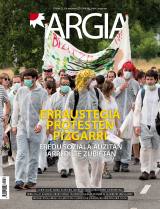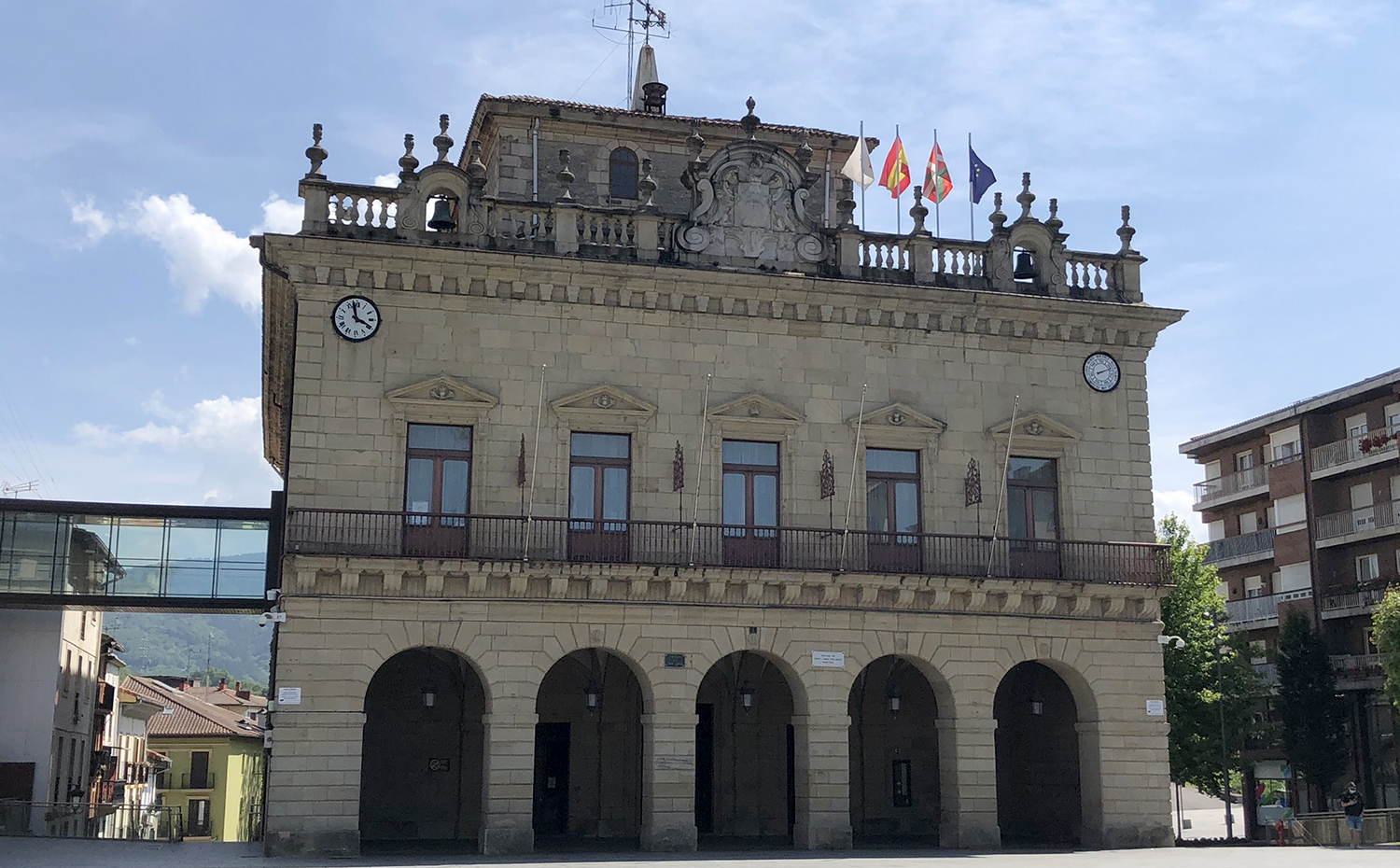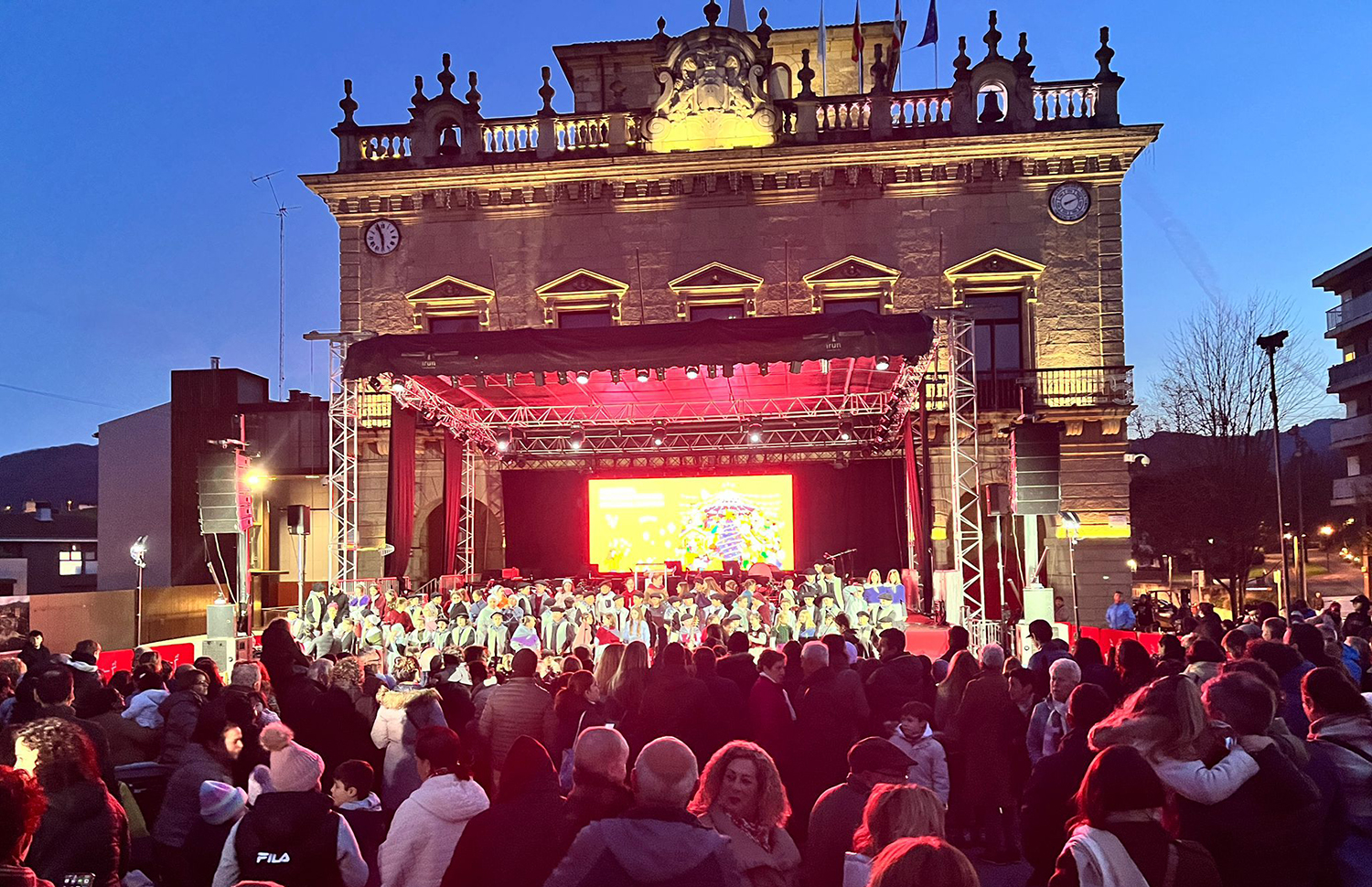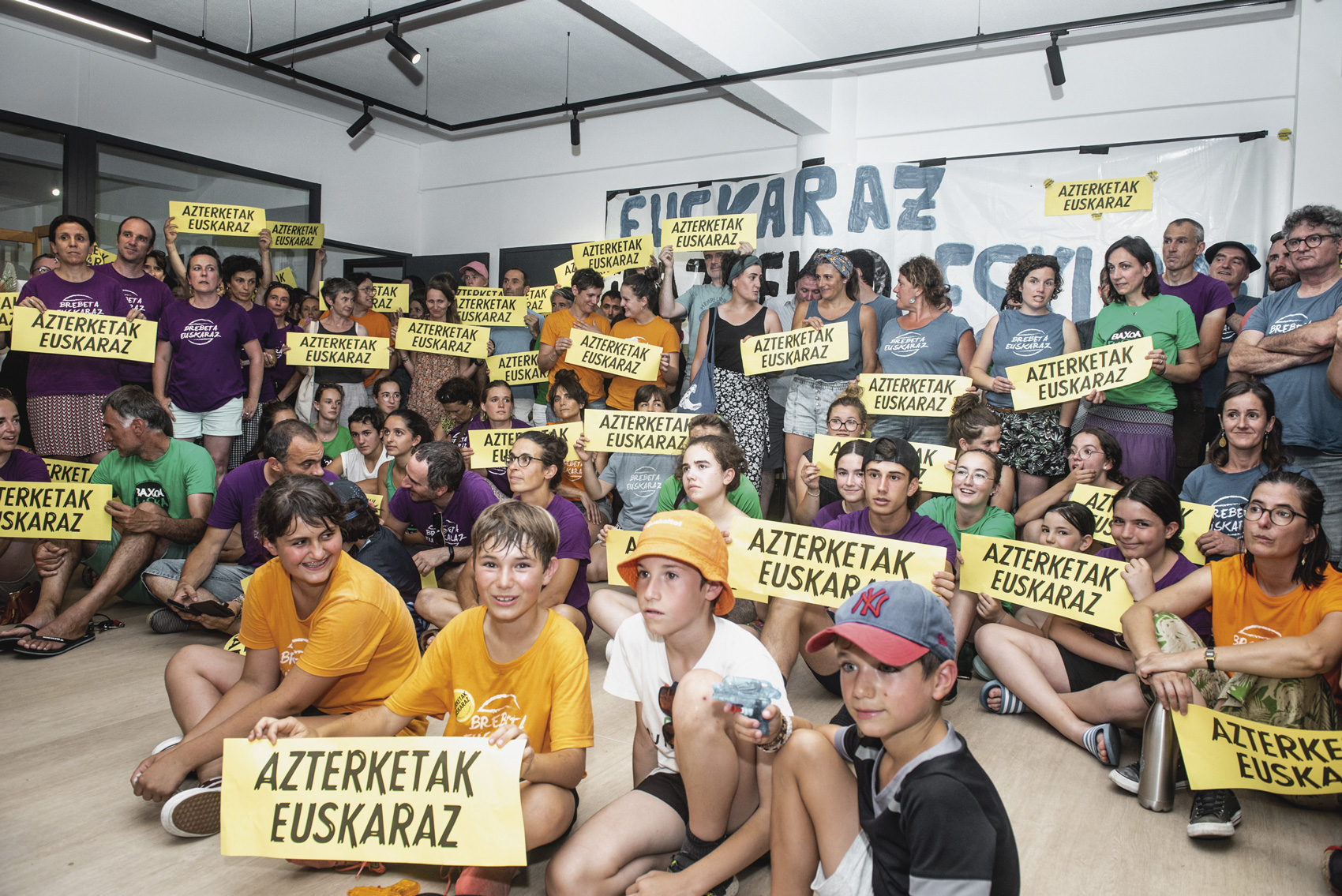"Through medical circuits you can get care in the default language"
- UPV/EHU Medical Student Bidane Petralanda Mendiola completed her graduate work in March: Experience of care circuits in Basque to meet the linguistic limits between professional health and the patient. This is the first work that links health with the Basque Country. The research was recently presented in Dublin, at a conference on integrated health care.

What are linguistic limits?
These are problems of communication between two people who do not speak the same language, or of communication between two people who, although they speak the same language, control at different levels.
How do they affect patients?
First, they have legal impact in the Basque Country. The inhabitants of the area have the right to be treated in Basque and are not guaranteed. The rights of an erdaldun patient are respected more than those of a Basque.
In addition, they can cause clinical problems. Safe clinical practices cannot be performed without mutual understanding.
Not speaking in the mother tongue can cause discomfort even if other languages are well understood. A patient who does not feel comfortable does not have confidence in what happens to him and leaves some things unexplained. If there are problems with maintaining a proper conversation, the diagnosis may be inadequate.
In short, linguistic limits can lead to dangerous events for the patient, considerably reduce their satisfaction and are an obstacle in the provision of quality health care.
What is quality health care?
Providing a quality service should ensure the physical, biological and social well-being of the patient. The patient should be the basis, not the physician. It is very important to take into account the patient's characteristics: age, sex, profession, etc. If the default language is not taken into account, one of its characteristics is not taken into account. There is a close link between quality health care and language.
In order to ensure quality, it is therefore essential to address linguistic limits. What are the obstacles?
Especially the economic cost. Money is needed to pay for courses, interpreters, etc. However, there is not a sufficient study of the economic expenditure associated with linguistic limits. A study conducted at the University of Wales also points to the training of translators as an obstacle and lack of time for health workers.
Osakidetza II. He has analyzed the care circuits in Euskera proposed by the Euskera Plan. What are these circuits?
The circuit consists of all the doctors and family specialists that a patient must consult for a particular subject until the end of the tratamiento.Lo that is currently done is that when the family doctor sees that the patient has to go to a specialist, the day the specialist can. In the care circuit in Euskera, the patients who want a treatment in Euskera and the health professionals who are able to give them a treatment in Euskera are identified. Next, the agenda opens in Basque. When the general practitioner has to send the patient to the specialist, the specialist will refer him to the day of the Basque consultation. It is a matter of organization.

II. Four years after the approval of the Euskera Plan, how does the circuit system work?
Officially, there is no care circuit system. Many patients and health professionals are unaware of the system. On the contrary, I've known two circuits that work officially, that don't have any tracking of Osakidetza, and I would say there's no more. The ones I have analyzed belong to the Urology Service of the OSI Mondragón and the Children's Urology Service of the OSI Vitoria-Gasteiz, being responsible the same doctor, Egoitz Tolosa. The family doctor has a great influence on the functioning of the system, as in the consultation sheet it should be noted that the patient wants to receive treatment in Euskera. If so, in this example the patient would go to Tolosa and not to other urologists.
However, these are not complete circuits, as they are performed only in the Urology department.
It has also analyzed two services that do not have a care circuit and compared them to those that use the circuit system. What are the differences between them?
The circuit allows you to know how many people want a deal in Basque and how many do not, and how many consultations are actually carried out in Basque. The same is true of satisfaction. In services with a circuit, we know how many people are satisfied with the system, not in places where this service doesn't exist.
It is also important to know the number of vasco-speaking physicians needed, and through this system, this data can be obtained. In Arrasate, for example, demand has been seen to be higher than supply. This can help to take action.
In addition, for me, the most significant thing has been to observe that there are more physicians able to speak in Basque in the services without a circuit than in the circuits studied. This means that the presence of an Euskaldun doctor does not guarantee that the doctor-patient relationship goes into Euskera. As for the circuits, the assistance in Basque is guaranteed.
Care in Basque is guaranteed in these two circuits, but you say that they do not have institutional continuity.
At the moment we do not, and we therefore lack information. We cannot be sure that they have been explained through an active offer that can receive care in Basque to all primary care patients.
If Osakidetza were to show greater willingness to launch circuits and follow up, would it be possible to cope with the linguistic limits between healthcare professionals and patients?
I think so. Perhaps not at all linguistic limits. But in general, in medical consultations, I think it would be possible for us all to be attended in the default language (at least in the two that are official in the CAV).
It takes a lot of will, but I don't think that's the job of doctors, it should get out of the top, like other things come out. However, in the administration they do not give it much importance, it is not their priority.
Gabonetako argiak pizteko ekitaldia espainolez egin izanak, Irungo euskaldunak haserretzeaz harago, Aski Da! mugimendua abiatu zuen: herriko 40 elkarteren indarrak batuta, Irungo udal gobernuarekin bildu dira orain, alkatea eta Euskara zinegotzia tarteko, herriko eragileak... [+]
























